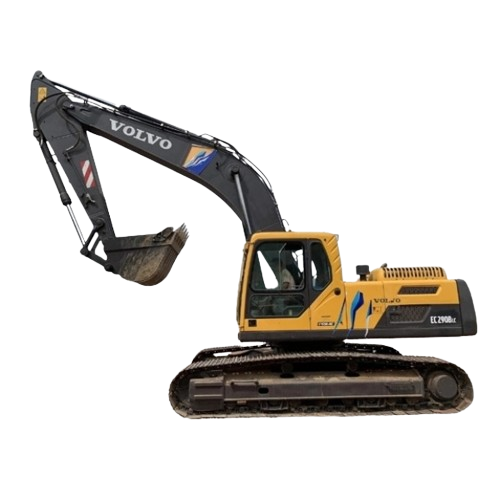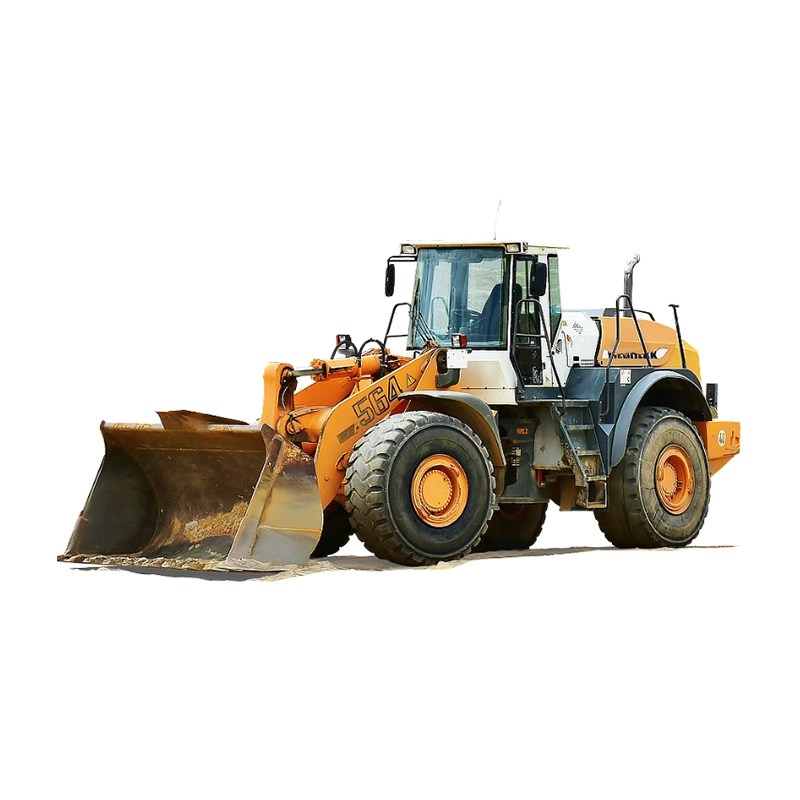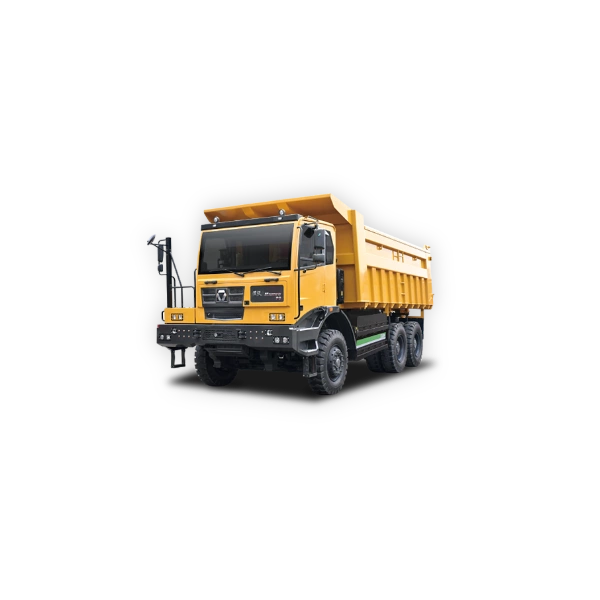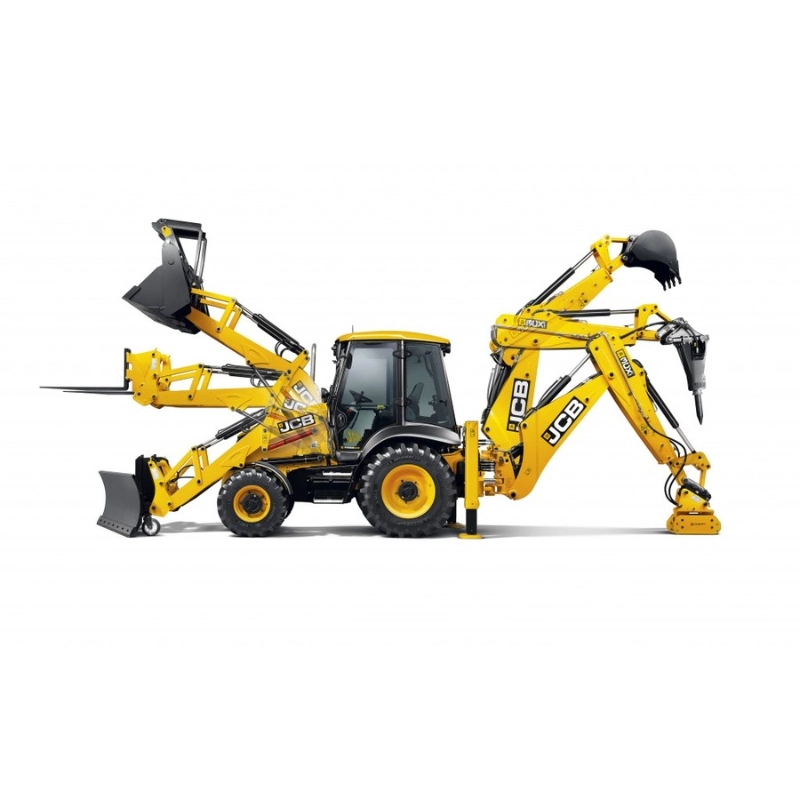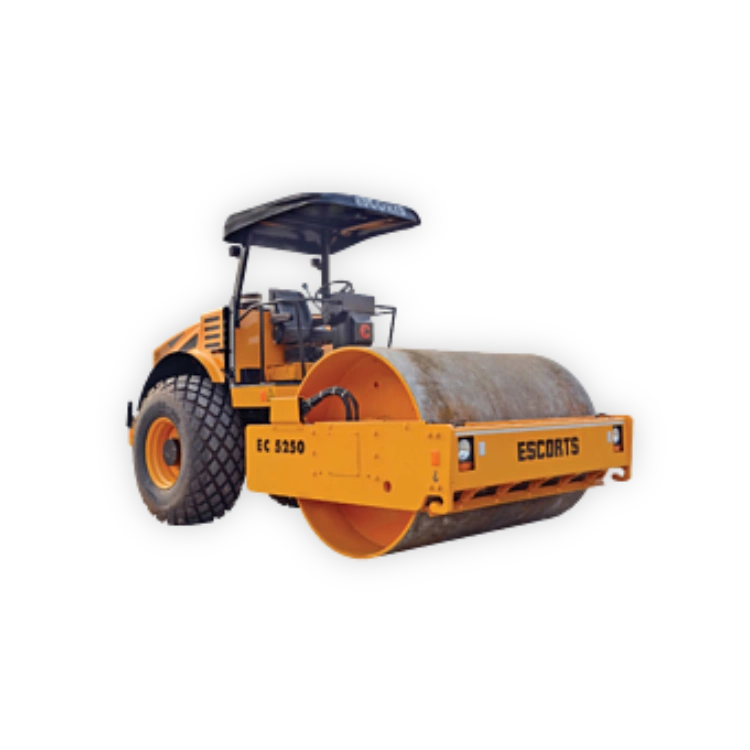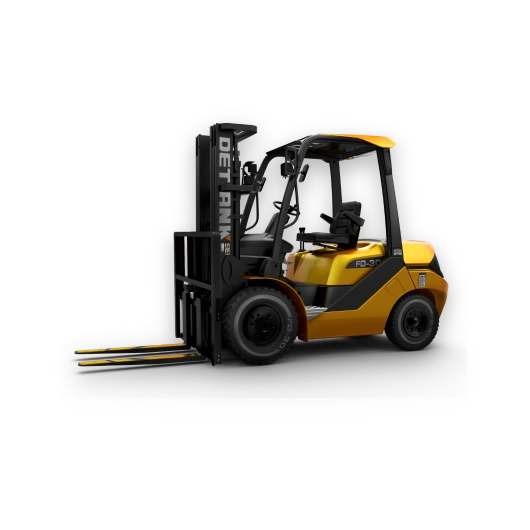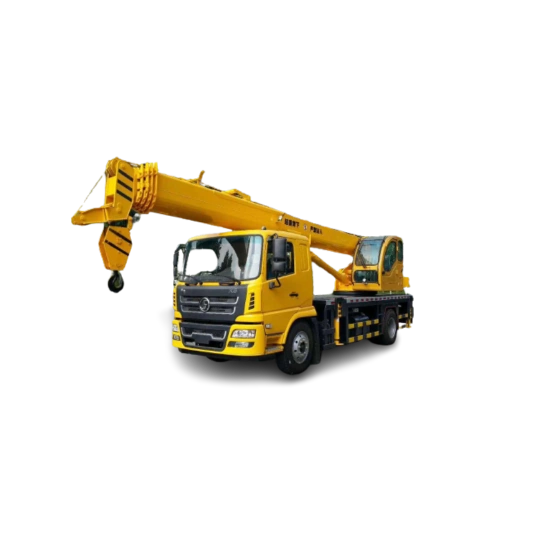The Caterpillar 320 series excavators have long held a prominent position in the construction machinery market, particularly in the used market, where the 320B and 320D have garnered significant attention. Although these two excavators belong to the same series, they exhibit significant differences in performance, structural design, operating experience, and economics. Understanding these differences can help used excavator buyers make more informed purchasing decisions. This article will compare and analyze the key differences between the used Caterpillar 320B and 320D excavators to provide a reference for purchasing decisions.
Key Features Comparison
Engine Performance
The Caterpillar 320B and 320D differ significantly in engine configuration. The 320B is typically equipped with the Cat 3116 or similar earlier engines. While reliable, these engines offer lower power and relatively poor fuel efficiency. In contrast, the 320D utilizes the more advanced Cat 3116 ATAAC turbocharged engine, providing greater power output and improved fuel efficiency. The 320D offers faster power response, making it suitable for high-intensity operations and better adaptable to various construction environments.
Hydraulic System and Operating Efficiency
The 320B’s hydraulic system is relatively simple. While adequate for small-scale projects, it struggles when high-precision operations or large-scale operations require it. The 320D, however, features an improved hydraulic system with load sensing and flow control, resulting in smoother excavator movements and improved operating efficiency. The 320D excels particularly in earthmoving and heavy lifting operations.
Comfort and Operation
The 320B’s cab design is relatively simple, with low sound insulation and comfort, which can increase operator fatigue after extended periods of operation. The 320D, on the other hand, offers significant improvements in cab comfort, including a more modern seat, operating handles, and a better instrument layout. The cabin also features improved sound and vibration isolation, making the operator experience even more comfortable.
II. Main Applications
320B Applications
Due to its relatively simple engine power and hydraulic system, the 320B is suitable for small and medium-sized construction projects, particularly light excavation, earthmoving, and general road repair work. The 320B’s relatively affordable used market price makes it suitable for users with limited budgets, especially those working on short-term projects or requiring less intense work.
320D Applications
The 320D, with its superior power and more efficient hydraulic system, is suitable for medium- to large-scale construction projects. Whether in earthmoving, large construction sites, or complex excavation environments, the 320D offers greater efficiency and stability. For users who require long, intensive work, the 320D’s fuel efficiency and operator comfort offer further advantages.
III. Main Differences
Performance Differences
The 320D surpasses the 320B in engine power, hydraulic system, and operating efficiency. While the 320B is suitable for small or low-intensity work, it is slightly inferior in efficiency, fuel economy, and durability.
Comfort and Operator Experience
The 320B’s operator cab is more basic, suitable for shorter operations, while the 320D offers a higher level of comfort, especially during extended periods of continuous work. The 320D’s vibration isolation and seat design reduce operator fatigue.
Differences in Applicable Projects
The 320B is more suitable for smaller projects, short-term operations, or projects with limited budgets, while the 320D is suited for high-intensity, large-scale, and long-term projects, providing higher efficiency and a better work experience.
Used Caterpillar 320B and 320D differ in engine performance, hydraulic system, comfort, and durability. While the 320B is more affordable, it’s better suited for smaller, lower-intensity construction tasks. The 320D, on the other hand, offers greater advantages in efficiency, comfort, and the ability to withstand extended, high-intensity use. When purchasing a used excavator, users should consider a variety of factors, including project requirements, budget, and maintenance costs, to select the most suitable equipment for their needs, thereby achieving the highest operational efficiency and return on investment.





